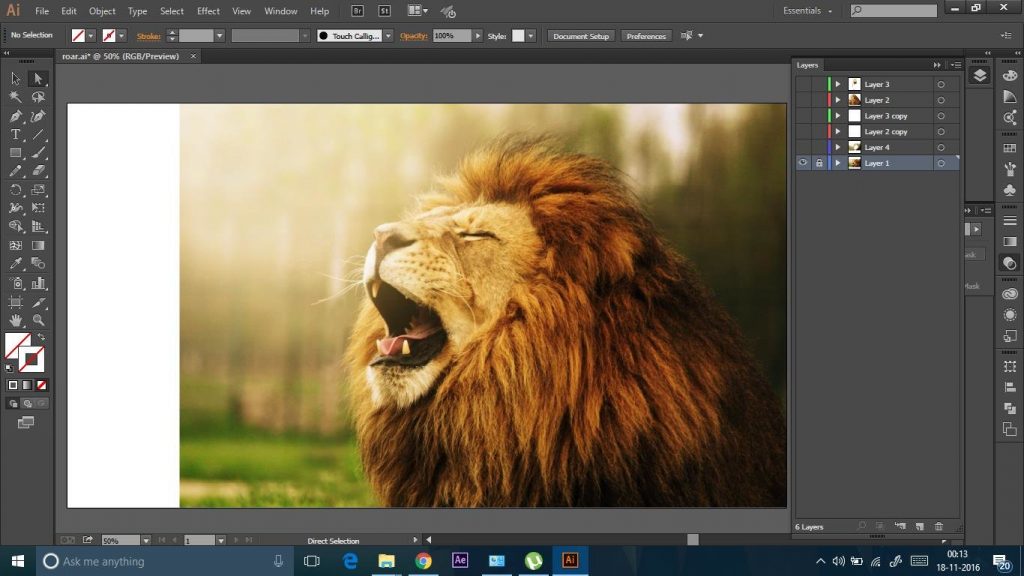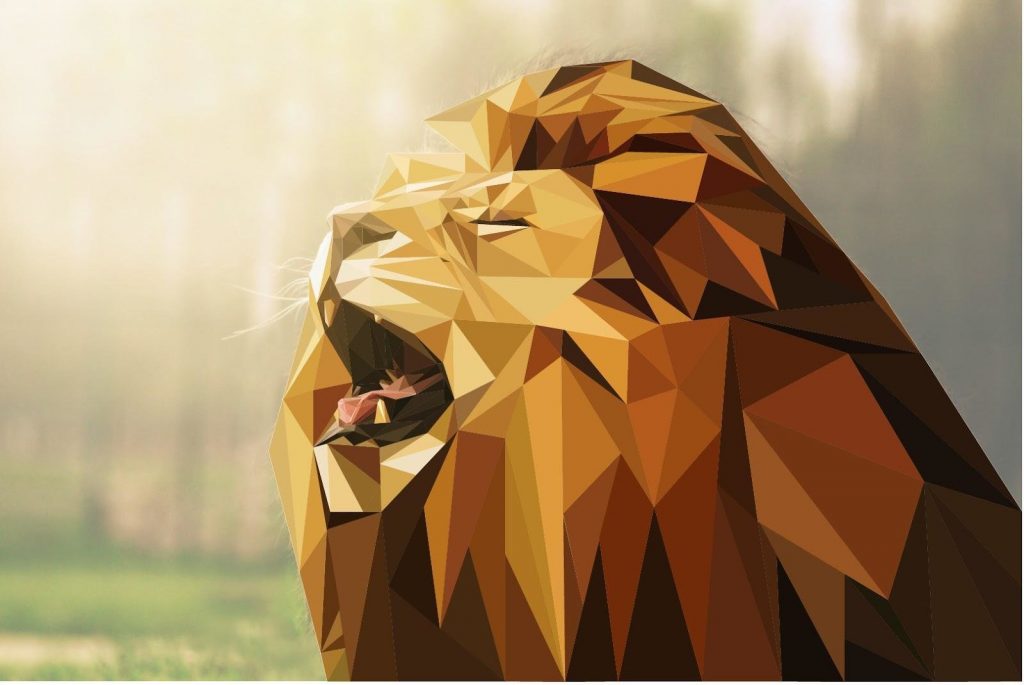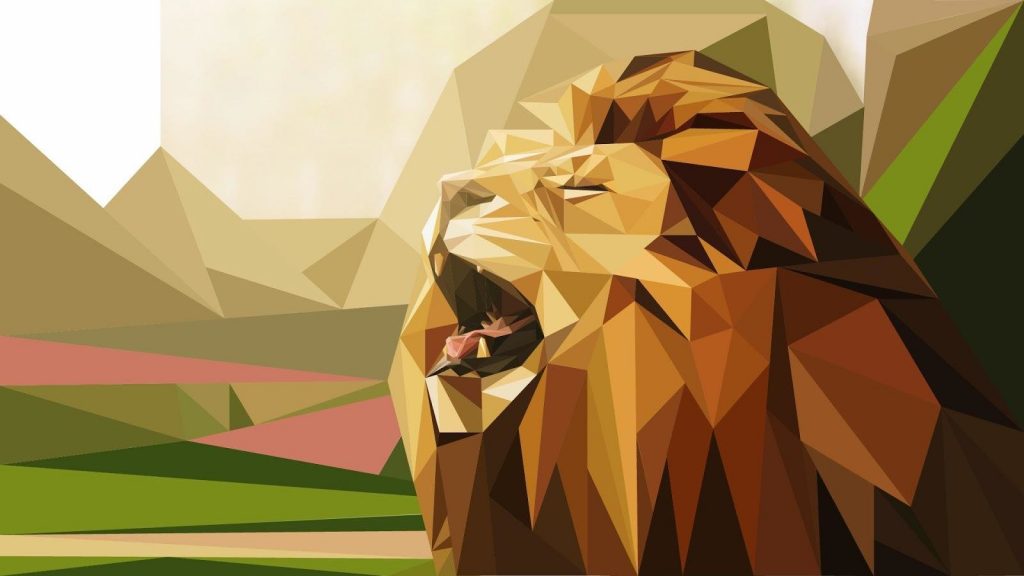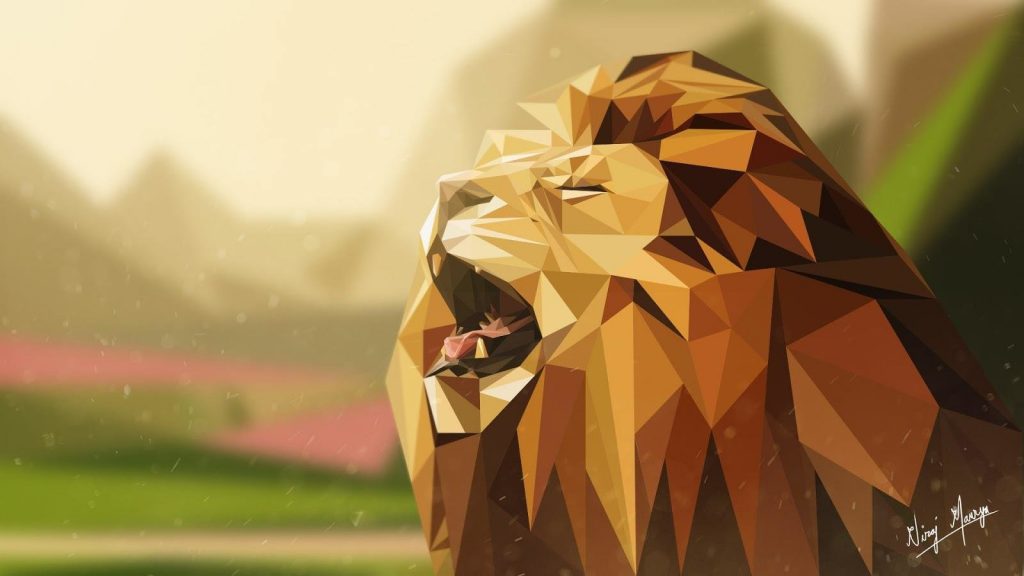Table of Contents
BEWARE!! You might fall in love with this digital art technique, as it is visually beautiful and fun to make. So let’s jump into ‘the world made of triangles’ which is also called low poly art. Don’t worry, it’s not necessary that it should be made in 3D software; it can be made in both 3D supportive software and also in 2D software like Illustrator and Photoshop. Low poly term has arrived from 3D software where high poly (polygon) count gives a good smooth surface, whereas low poly (polygon) count gives edgy and many plane surfaces to the 3D model.
As mentioned before low poly art mainly consists of triangles. Just like for every innovation, to begin with low poly art, build an idea or download an image from the internet. Install the software’s needed if you don’t have. Now you can begin with the steps below:


An easy way to break down the triangle distribution is based on the level of detail you want to give. For example, foreground objects get more triangles while background objects get less. It is also a good habit to zoom out every once in a while and view your art piece as a whole so you can give it a uniform level of detail.
Now the fun begins with the triangles. Start making triangles on the outline created. Quick Tip: Using colour picker, quickly form a palette for your piece using a complementary yet diverse bunch of colours.




Low poly art, a digital art technique known for its geometric charm and versatility, can captivate anyone with its visually appealing, polygon-based design. Originating from 3D modeling, where a lower polygon count results in a more angular, faceted appearance, this style isn’t confined to 3D software and can be created in 2D environments like Illustrator and Photoshop as well.
The process involves starting with a base image or sketch, creating triangular meshes to form the structure, and carefully selecting colors to bring the artwork to life. Attention to detail is crucial, with more intricate areas receiving denser triangulation. The end result is a striking, modern artwork that stands out for its unique, angular aesthetic. Whether you’re looking to add a fresh twist to your digital creations or explore a new artistic avenue, low poly art offers a delightful blend of simplicity and sophistication.
Take a Look at How We Find Solutions to Overcome Interesting Game Development Challenges.
Low poly art is a visually striking digital art technique, creating images primarily with triangles. It can be crafted in both 3D and 2D software, like Illustrator and Photoshop.
This style is characterized by its geometric, faceted appearance, where a lower polygon count results in a more angular and flat-surfaced aesthetic, contrasting with the smoothness of high poly designs.
Common software tools for creating low poly art include 3D modeling programs like Blender and Maya, as well as 2D graphic design software such as Adobe Illustrator and Photoshop.
Yes, low poly art can be created in both 2D and 3D formats, using software like Illustrator for 2D graphics and 3D modeling programs for 3D representations.
The technique involves using geometric shapes, primarily triangles, to create visually striking images in either format.
The polygon count in low poly art significantly affects its aesthetic by determining the level of detail and texture.
A lower polygon count results in a more stylized, geometric appearance with flat, faceted surfaces, while a higher count allows for smoother, more detailed visuals. The artistry lies in using the minimalistic, angular nature of low polygons to create visually compelling and stylized images.
Low poly art has significantly influenced the gaming and animation industries by enabling the creation of visually appealing content that is less resource-intensive, ensuring smoother performance on various devices.
Its distinctive, stylized aesthetic offers a unique visual experience, and its efficiency makes it ideal for mobile and indie games where technical limitations are a consideration. Additionally, its simplicity allows for faster production times in animation, making it a favored choice for stylistic and practical reasons.